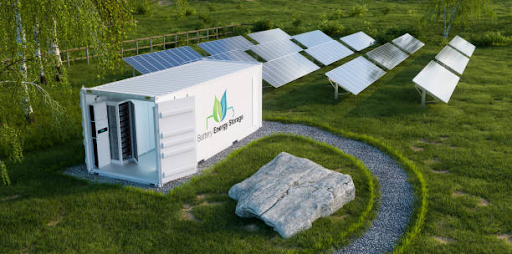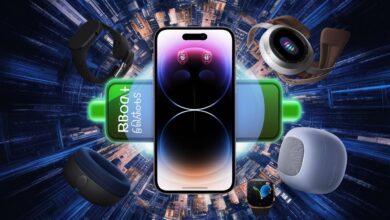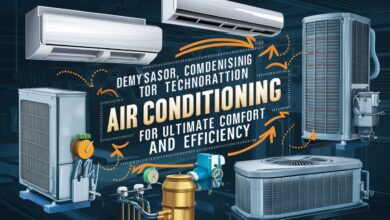Modern Solar Arrays: The Role of Solar Micro Inverters

In today’s fast changing solar industry, micro inverters have become a central element in boosting the performance and reliability of modern solar arrays. As solar power increasingly takes more space in the global energy mix, knowing how these devices work specifically in energy storage integrated systems is necessary. This review examines how solar micro inverters are influencing the future of solar arrays while demonstrating the symbiotic relationship between micro inverters and offerings made by energy storage manufacturers.
Enhancing Efficiency
For maximum efficiency of solar panels, it must contain any number of micro inverters. Different from traditional string inverters that attach several panels as one system, each panel has its separate micro inverter. Therefore, even if one panel gets shaded or covered with debris it will not affect the operation of other panels. Thus this means that by optimizing each single panel output using these micro-inverters can greatly raise overall array efficiency.
Integration
The integration of renewable energy solutions with energy storage systems is one noteworthy development being witnessed today and particularly when it comes to integrating solar micro inverters into such systems. Energy storage companies are now partnering with makers who produce these devices to enable seamless collection and storage respectively of electricity generated from sunlight so that there can be better management and control for households and businesses which they need to store surplus electricity at times when production rates reach their peak later on use them when there is little sun thus ensuring continuous supply.
Reliability and Longevity
Micro inverters improve reliability and lifespan within installations where they are adopted for use as part of solar arrays. The general effect associated with such independence is that failure by one inverter would not disrupt operations by all others. Such modular arrangements help ensure continuous generation thereby guaranteeing the availability of power from the sun at all times. Furthermore, due to their low voltage ratings as compared to string types of inverters, the micro-inverters generally have a lower rate in terms of high voltage failure hence being considered safe.
Challenges
Micro inverters can address many problems that come with conventional solar power installations. One of the major issues is shading, or dirt on any part of an array leading to power losses. A micro inverter will only limit this fault to one. This attribute is especially important in urban and suburban areas where shading can be uneven and unpredictable because buildings or trees cause it.
Future Developments
As technology advances, the prospect for continued success in micro inverters remains bright . Manufacturers of energy storage systems and developers of battery energy storage technologies are exploring novel ways through which they can integrate micro inverter technology with new generation batteries to support grid independence as well as energy resilience. Over time though, roles will change from managing system capabilities to optimizing flow through them as solar converges into batteries increasing the importance of micro-inverters in this area.
In summary, solar micro inverters are transforming modern arrays to make solar energy systems more efficient, dependable, and flexible. To enhance the sustainability as well as self-sufficiency of the future power supply, they can blend together with sophisticated energy storage solutions made by top energy storage enterprises. With the increasing pace of renewable energy use, developments in micro inverter technology will have a major impact on how the world produces power.



